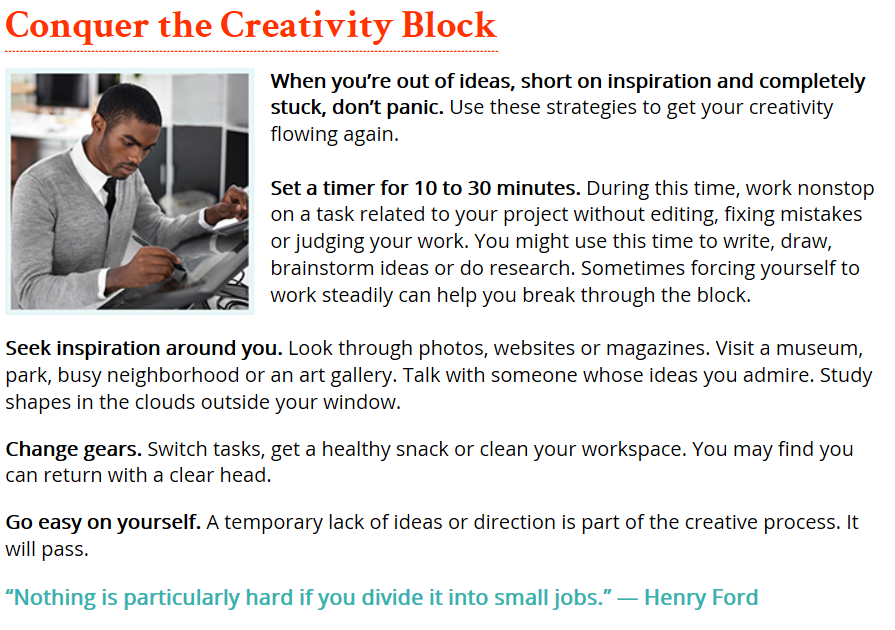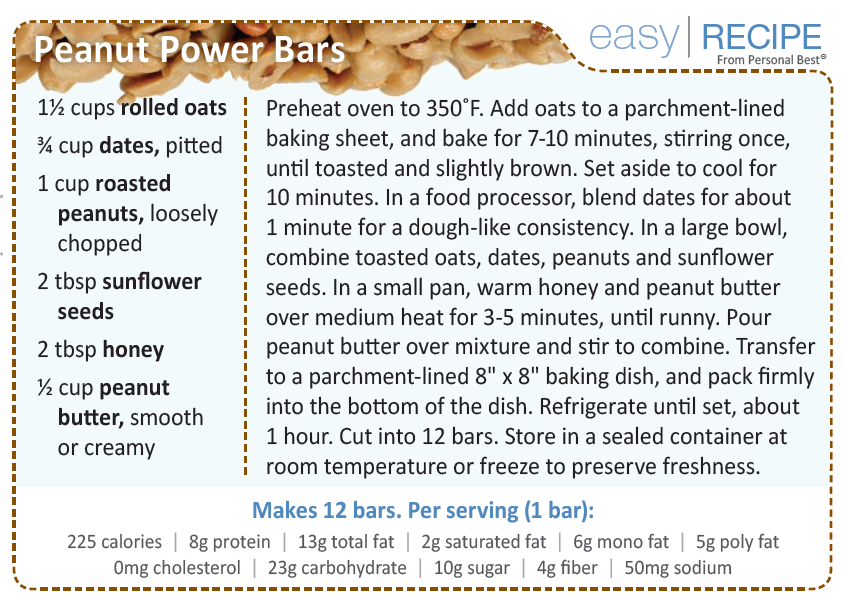
There are 2 primary types of life insurance: term and whole life. In some instances, whole life insurance can be considered an asset, but term insurance is never considered an asset.
Term life insurance is usually offered for a specific length of time that is stated in the policy. The insurance lasts for the length of the term, unless converted or extended, and does not build up cash value. The policy only pays out if the insured person dies during the term of the insurance. If that does not happen, there is no benefit or payout on the policy. Because term life insurance does not have a cash value, it is not recognized as an asset.
Whole life insurance, also known as permanent life insurance, combines the insurance coverage with a cash value. Often this policy will allow you to get part of this cash value back by cashing in the policy or by borrowing against the cash value that has built up. The policy continues as long as the insured person lives and continues to keep the premiums and other requirements current.
The cash value in a whole life insurance policy is attributable to the owner of the policy, not the beneficiary. If you own the policy, it could be counted as an asset to the extent of the available cash value.
http://www.personalbest.com/PersonalBestHealthlines/ViewArticle.aspx?article=5107


 Manage Stress: Whether it’s deep breathing, exercise, practicing a hobby or spending a few quiet minutes alone, choose the stress-busting technique that works for you and do it every day. Don’t wait until you feel the effects of stress.
Manage Stress: Whether it’s deep breathing, exercise, practicing a hobby or spending a few quiet minutes alone, choose the stress-busting technique that works for you and do it every day. Don’t wait until you feel the effects of stress.
 Keeping your LDL (bad) cholesterol low is primary to heart health. One part of controlling LDL is boosting your HDL (good) cholesterol, especially if you’re at risk for heart attack or stroke.
Keeping your LDL (bad) cholesterol low is primary to heart health. One part of controlling LDL is boosting your HDL (good) cholesterol, especially if you’re at risk for heart attack or stroke. 3. Avoid trans fats. Some manufacturers have eliminated trans fats, but they remain in some baked goods, fried foods and crackers — so check Nutrition Facts panels. Removing trans fats from your diet can improve HDL and LDL levels. Choose better fats found in nuts, olive oil and avocados instead.
3. Avoid trans fats. Some manufacturers have eliminated trans fats, but they remain in some baked goods, fried foods and crackers — so check Nutrition Facts panels. Removing trans fats from your diet can improve HDL and LDL levels. Choose better fats found in nuts, olive oil and avocados instead.
 Frequent typing and scrolling on a small device can cause pain in your thumbs, fingers, hands and wrists, and lead to repetitive stress injuries. Follow these ergonomic tips to protect yourself:
Frequent typing and scrolling on a small device can cause pain in your thumbs, fingers, hands and wrists, and lead to repetitive stress injuries. Follow these ergonomic tips to protect yourself:



 What would your morning latte or cereal be without milk? Dairy products add variety to the diet, and are rich in protein, calcium and vitamin D. For those on dairy-free diets, there are many substitutes, too. Here’s what’s trending in the dairy aisle.
What would your morning latte or cereal be without milk? Dairy products add variety to the diet, and are rich in protein, calcium and vitamin D. For those on dairy-free diets, there are many substitutes, too. Here’s what’s trending in the dairy aisle.